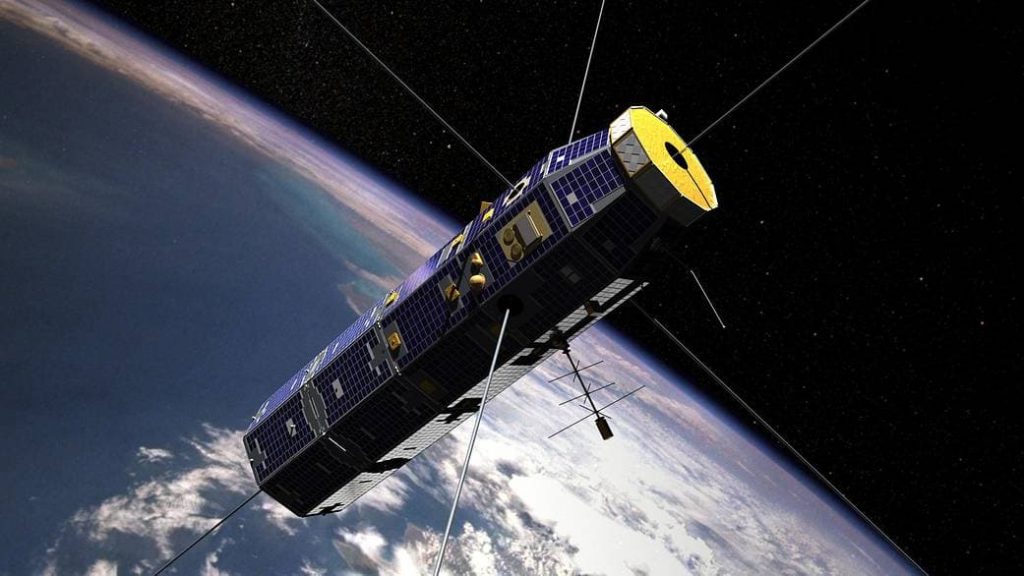The National Aeronautics and Space Administration (NASA) is looking into leveraging the blockchain technology (or Distributed Ledger Technology, also known as DLT) for inter-satellite communication. In a proposal summary by NASA, the blockchain technology will make it possible for autonomous communications between satellites.
The use of blockchain is to enable satellites to store shared data relevant to its constellation. The project has been dubbed as the Space Communication Reconstruction and Mapping with Blockchain Ledgering (SCRAMBL).
According to the proposal summary:
“<…> SCRAMBL will allow the constellation as a whole to achieve greater overall system utility through agent-supported asset teaming strategies. The underlying blockchain algorithm to be developed in this research will routinely evaluate and recompose the system networking graph so that anyone spacecraft node may determine the most effective method of routing a message to any other node.”
Through SCRAMBL, satellites that lie in a similar constellation will be able to store and distribute a ledger with data relevant to that particular constellation. In the end, NASA seeks to achieve autonomous coordination for the satellites while still playing a role in the “system-level needs and objectives”.
The initiative by NASA will be by Orbit Logic and the Fraunhofer USA Center for Experimental Software Engineering. The project which has been valued at $124,000 is part of NASA’s Small Business Technology Transfer Scheme.
To make the constellation possible, SCRAMBL will be combined with Orbit Logic’s existing autonomous planning system. According to NASA, during the project, all the space specific algorithms will be lightweight and tailored toward efficient execution on computing elements deployed on satellites.
NASA’s growing interest in blockchain technology
The ledger has an inventory of existing communication paths based on spacecraft-published connection state changes. Notably, the ledger also has events, states, objectives, and plans that make up a Common Relevant Operating Picture (CROP). CROP is for enabling a space network’s coordination and awareness.
It is worth mentioning that NASA joined the blockchain spec almost two years ago by making public its blockchain prototype. The prototype was specifically for transmitting air traffic data with a focus on privacy. Additionally, there have been speculations that NASA might come up with its blockchain project after hiring data scientists last year.
Featured image: CINDI-CNOFS Satellite, image via NASA.gov







